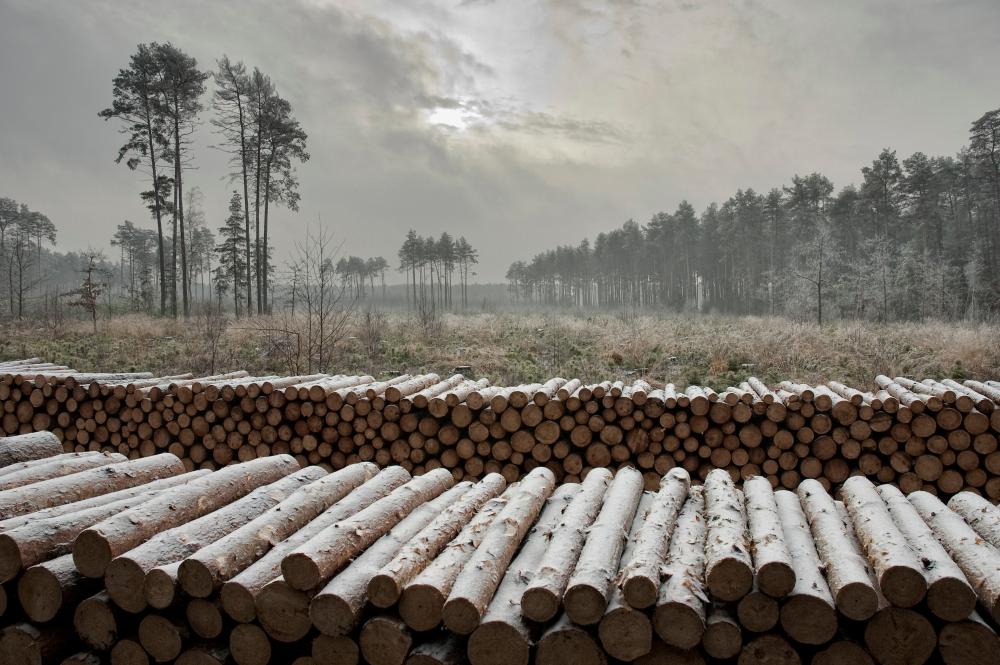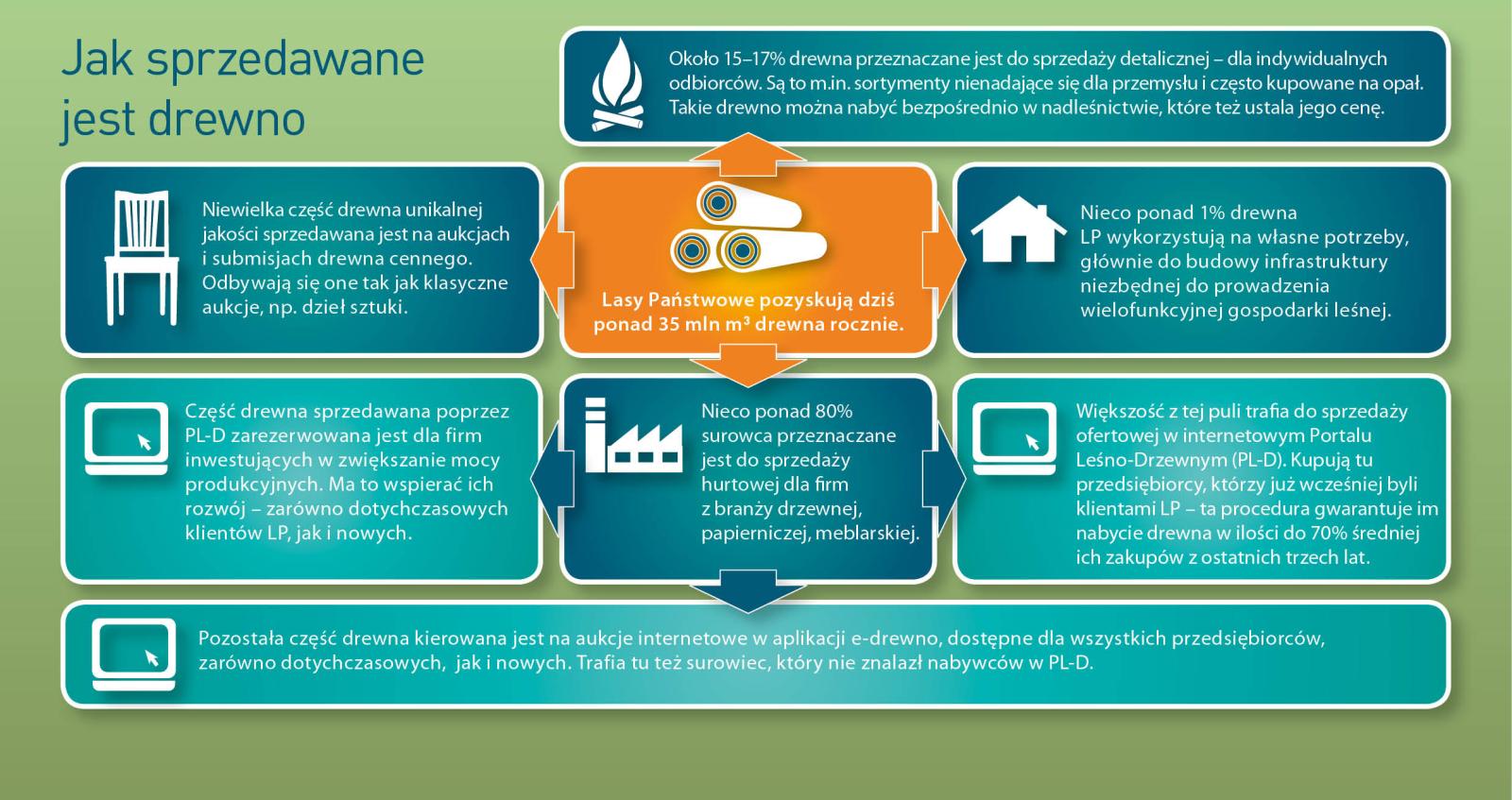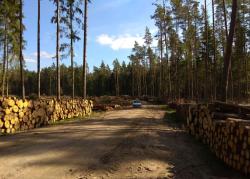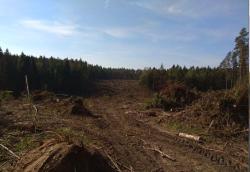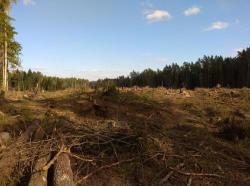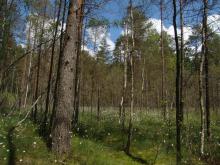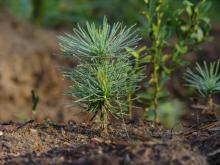 Asset Publisher
Asset Publisher
Sale conditions
Sale conditions of wood are specified by the regulation of Director – General of the Sate Forests.
Within the framework of the individual sale , the foresters try to meet the fast growing demand, because more and more people use wood in order to heat their houses. Contrary to general opinion, these are not only village people, even though they prevail among recipients. The growth of firewood demand is the result of occurrence of new housing estates built in the suburbs of large agglomerations, where houses are usually equipped in fireplace heating installations.
Firewood is not only the most ecological heat source, but also is much more attractive in respect of relation of price and electric efficiency, rather than cola, oil, gas or electric power.
In recent years, the Sate Forests increased the sale of firewood of one third – up to over 4 million cubic meters annually. Firewood is not only the most ecological heat source, but also is much more attractive in respect of relation of price and electric efficiency, rather than cola, oil, gas or electric power. Some of customers choose already prepared and cut into pieces wood, the others very willingly obtain it by themselves after arranging all details and fulfilling particular safety conditions, and after paying the fee; that concerns mainly so called "thinnings". Such a raw material is very cheap, that is why many people from village areas profit from such possibility.
 Asset Publisher
Asset Publisher
Zakaz wstępu do lasu - odwołany
Zakaz wstępu do lasu - odwołany
Nadleśniczy Nadleśnictwa Pomorze dnia 2 października 2017 r. zniósł okresowy zakaz wstępu do lasów.
W związku z wystąpieniem znacznych uszkodzeń drzewostanów od silnych wiatrów, jakie miały miejsce 29 czerwca br. Nadleśniczy Nadleśnictwa Pomorze wprowadził z dniem 30 czerwca okresowy zakaz wstępu do lasów na terenie Leśnictw Wigrańce, Budwieć i Wiłkokuk. Intencją tej decyzji było uniknięcie potencjalnego zagrożenia związanego z możliwością utraty zdrowia lub życia ludzi w przypadku spadania nadłamanych drzew lub gałęzi.
Po intensywnej trzymiesięcznej pracy leśników oraz pracowników ZUL udało sie w bardzo duzej mierze usunąć skutki czerwcowego huraganu. Usunięto drzewa niebezpieczne - zawieszone, naderwane, złamane, które stanowiły duże niebezpieczeństwo dla ludzi.
Drewno pohuraganowe zostało wyrobione i zabrane z powierzchni poklęskowej. Dzięki użyciu harvestera oraz zintensyfikowaniu działań wielu ekip pilarzy w szybkim tempie przygotowywano surowiec drzewny do wywozu, dzięki czemu uniknęliśmy strat w jego jakości.
Prace uprzątające wciąż trwają. Po usunięciu z powierzchni zalegających gałęzi rozpoczną się prace przygotowania gleby do odsadzenia zniszczonego lasu.
Rzeczą najważniejszą jest fakt, że w czasie usuwania skutków huraganu nie doszło do nieszczęśliwych zdarzeń ani wypadków.


